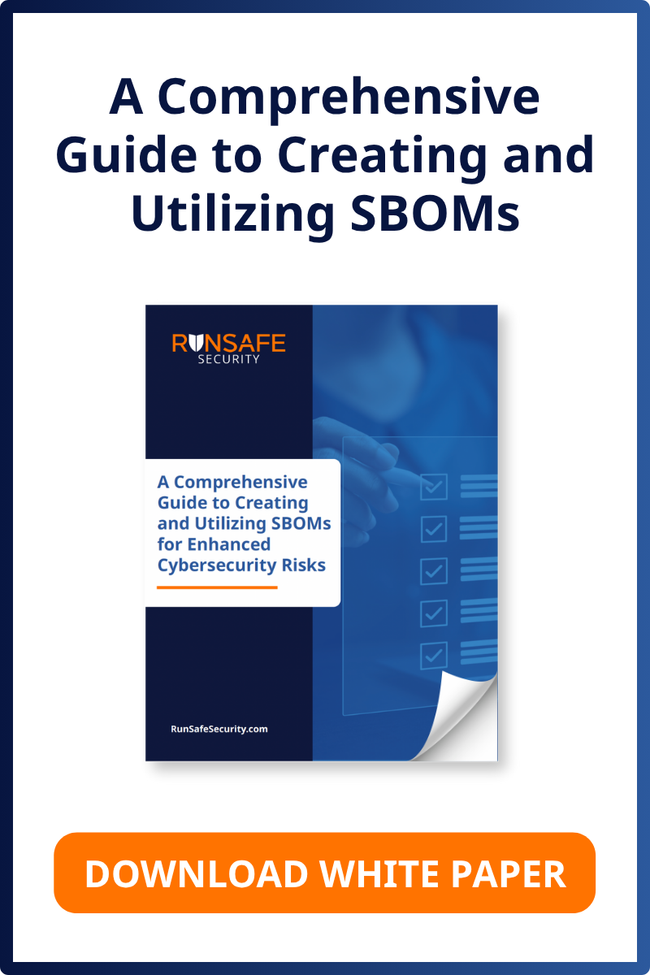Table of Contents:
Memory Safety Through Hardening System Code
Protecting vulnerable systems
A static target is a sitting duck. However, we all know that hitting a moving target can be far more challenging—as it involves accounting for the target’s speed, direction, and distance. Then there are other factors, such as the attacker’s skill, the type of weapon used, and environmental conditions, which also play a significant role in determining the difficulty of hitting a moving target. The embedded software world, the world in which our country’s critical infrastructure (government, business, military, utilities, and more) exists, and is utilized and repurposed, is a static target. That’s changing. It has to change. The embedded software of our most vital systems is vulnerable…and constantly under attack.
Weapons systems, in particular, are tempting targets. According to Schneier on Security, “Our military systems are vulnerable. We need to face that reality by halting the purchase of insecure weapons and support systems and by incorporating the realities of offensive cyberattacks into our military planning. Over the past decade, militaries have established cyber commands and developed cyberwar doctrine. However, much of the current discussion is about offense. Increasing our offensive capabilities without being able to secure them is like having all the best guns in the world, and then storing them in an unlocked, unguarded armory. They just won’t be stolen; they’ll be subverted.”
This blog is obviously speaking to the broader aspects of cybersecurity. But the point is valid. When it comes to cybersecurity, we need to turn our focus toward defense. Defending our weapons systems’ memory-based vulnerabilities. And defending the memory-based vulnerabilities in all of our critical infrastructure.
From Static to Moving
For more than a year now, the U.S. government has been communicating the severity of the risk that memory-based vulnerabilities pose in embedded software deployed across critical infrastructure. According to MITRE, 3 of the top 8 (and 8 of the top 25) most dangerous software weaknesses are memory safety related. Microsoft and Google have each stated that software memory safety issues are behind approximately 70% of their vulnerabilities. The NSA recommends that software producers using C and C++ languages should rewrite their products in memory-safe languages such as Rust (a modern version of C and C++ that ensures that programmers write stable and extendable, asynchronous code).
But therein lies the heart of the problem. Making the move to memory-safe languages is more than difficult. It’s both time- and cost-prohibitive to rewrite all your system code in another language. So how do you ensure memory safety, and thereby close the loopholes that adversaries are taking advantage of? The key is in how we think about it. We must shift our thinking away from merely patching problems toward a more strategic approach. Let’s not just fill in the holes in the road (again and again and again); let’s build a new road!
The first step in taking immediate action toward solving the problem is to research what other options are available. Existing scanning, patching, and monitoring tools do not solve the memory vulnerabilities inherent in C and C++ coded systems. Perhaps it’s time to consider a solution that would protect your current code, while you make the transition to memory-safe languages for future coding. It’s important to look for tools that will enable your software development team to achieve memory safety without rewriting code and without affecting system performance.
Specifically, this suite of tools should cover the three most common use cases: dropping security into the code at build time, downloading protected versions of open-source software packages, and flagging instabilities and vulnerabilities at runtime.
Risk Assessment
Currently, attackers have the advantage over defenders in cybersecurity. The right tool looks to shift the balance of power from the attacker to the defender while preventing data loss. To shift the balance of power, you first need to know how exposed your software is to memory-related exploits. That is, a risk assessment.
The right tool will utilize the National Vulnerability Database (NVD) to analyze software vulnerabilities in hundreds of thousands of software packages (open-source, commercial, and proprietary software) and use a fast and powerful methodology to examine the software bill of materials (SBOM), assess the risk to the system, and alert stakeholders.
Lastly, the tool you choose should automate the hardening of high-risk code with moving-target defense technologies, reducing the attack surface by eliminating the exploitation of entire classes of vulnerabilities and data theft.
You want insights within minutes, including a detailed list of recommendations.
Hardening the Code
As discussed, the toughest target to hit is a moving target. You want to turn your code into that moving target, hardening your code using load-time function randomization (LFR). This stops hackers from exploiting memory-related vulnerabilities. Rather than taking 5-10 years and millions (if not tens of millions) of dollars to rewrite every line of code to memory-safe languages, LFR can be applied in minutes without rewriting software.
This software diversity relocates where functions load into memory uniquely for every software load for each instance deployed, denying attackers the ability to exploit memory-based weaknesses.
With no new software and no change in the lines of code, there is no change in system performance and no change in functionality. It’s important to employ Moving Target Defense (MTD)-related techniques for this approach, so the hardening process does not incur performance overhead. That way, there is no way for hackers to know distances between functions or create exploits that take advantage of knowing how functions are laid out, let alone launch and scale attacks on your systems.
Hardening the code helps you achieve the transition from a static target to a moving target, reducing the software attack surface by eliminating the exploitation of software memory issues and protecting your data.






